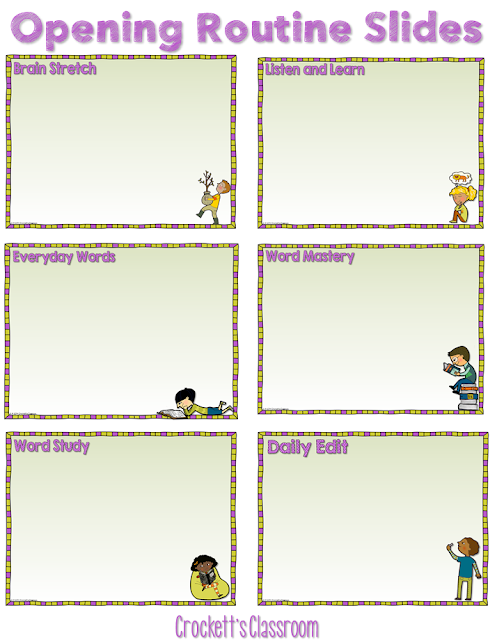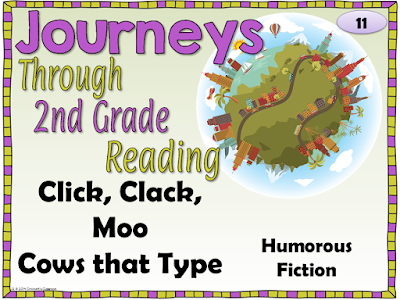In January we celebrate the birthday of Martin Luther King, Jr. Dr. King worked his whole life trying to make the world a place where we all lived in harmony and peace. His work isn't finished, we need to continue spreading the word about acceptance and tolerance.
January is the perfect time to learn about civil rights leaders from throughout the world. I've gathered several resources to help you share these important ideas with your students.
Books to Share
A Picture Book of Cesar Chavez by David Adler
Ida B. Wells by Dennis B. Fradin
Friends for Freedom by Suzanne Slade
Grandfather Gandhi by Arun Gandhi
Marching with Aunt Susan by Clare Rudolph Murphy
Gandhi; A March to the Sea by Alice McGinty
Sit-In by Andrea Davis Pinkney
A Picture Book of Harriet Tubman by David Adler
When Harriet Met Sojourner by Catherine Clinton
Minty, a Story of Young Harriet Tubman by Alan Schroeder
Back of the Bus by Aaron Reynolds
Boycott Blues by Andrea Davis Pinkney
Harvesting Hope by Kathleen Krull
Activity Ideas from Pinterest (Click on each picture for the link)
How would you change the world? I love the painting to create the world and then the child's hand print with their hopes for making the world a better place.
You can download this free play to read with your class. The Scholastic website also has before and after reading discussion ideas.
For a month-long project you can have your students learn about several civil rights leaders with my packet, They Led the Way. (Click on any image to purchase this packet.)
There are activities for six civil rights leaders: Susan B. Anthony, Cesar Chavez, Martin Luther King, Jr. Mahatma Gandhi, Rosa Parks and Harriet Tubman. The activities can be kept in a student-made folder, or added to an interactive notebook.
For a closer look at these informative activities you can download this free sample about Harriet Tubman.
































































